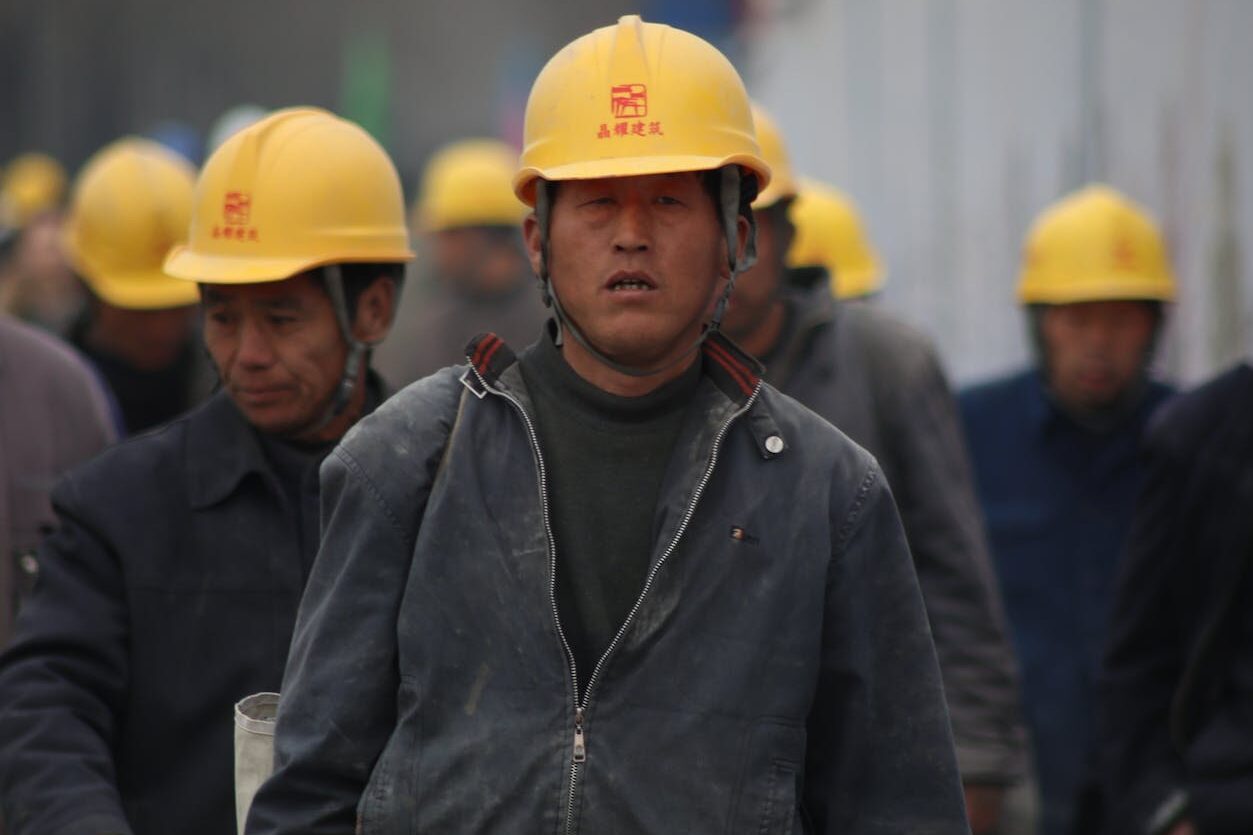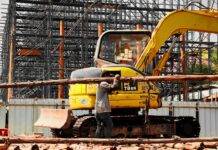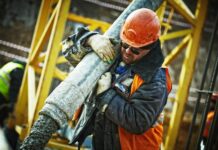
Construction Safety Basic Knowledge: Ensuring a Secure Work Environment
Construction Safety Basic Knowledge : In the dynamic world of construction, safety takes precedence above all else. With numerous potential hazards on every job site, it’s crucial for construction workers, supervisors, and managers to possess a solid foundation of basic safety knowledge. In this article, we’ll explore essential aspects of construction safety, equipping you with the information needed to create a secure work environment.
Introduction to Construction Safety
Construction sites are dynamic environments where multiple activities occur simultaneously. The risk of accidents and injuries is inherent, but with proper knowledge and precautions, they can be minimized, if not eliminated. Let’s dive into the basics of construction safety to understand how.
Understanding OSHA Regulations
The Occupational Safety and Health Administration (OSHA) plays a pivotal role in ensuring the safety of construction workers. Familiarizing yourself with OSHA regulations is a fundamental step toward a safer work environment.
Personal Protective Equipment (PPE)
Protecting yourself from potential hazards is non-negotiable. Learn about the various types of personal protective equipment (PPE) and when to use them.
Hazard Identification and Risk Assessment
Recognizing potential dangers on a job site is key to preventing accidents. We’ll discuss how to identify hazards and assess risks effectively.
Safe Use of Tools and Equipment
Every tool and piece of equipment comes with its own set of safety guidelines. Understanding and adhering to these guidelines is paramount.
Fall Protection Measures
Falls are among the leading causes of construction-related injuries. Discover the importance of fall protection measures and how to implement them.
Scaffolding Safety
Scaffolding is a common feature on construction sites. Learn how to ensure its safety and stability.
Electrical Safety
Electricity poses significant risks on construction sites. Understanding electrical safety measures is vital to preventing accidents.
Fire Prevention and Safety
Construction sites are susceptible to fires. Discover fire prevention strategies and how to respond in case of a fire.
Excavation and Trench Safety
Working in excavations and trenches can be hazardous. Learn how to create a secure environment for these tasks.
Confined Space Entry
Confined spaces require special precautions. We’ll delve into the safety protocols for working in confined spaces.
Chemical Handling and Storage
Construction often involves handling chemicals. Knowing how to do so safely is essential.
First Aid and Emergency Response
In emergencies, knowing how to administer first aid and respond promptly can make a life-saving difference.
Safety Training and Education
Ongoing safety training is crucial. We’ll explore ways to ensure that your team is well-prepared.
Creating a Safety Culture
Lastly, we’ll discuss the importance of fostering a safety-first culture within your construction team.
Conclusion
Construction safety is a collective responsibility. By understanding and implementing these basic safety principles, you can contribute to a secure and accident-free work environment.
Silica Dust Exposure in Construction
Masonry Hazards and Precautions
Construction Hazards and Precautions
FAQs
- What is the role of OSHA in construction safety?
- OSHA sets and enforces safety regulations to protect construction workers.
- Why is personal protective equipment (PPE) essential in construction?
- PPE safeguards workers from various job site hazards.
- How can I identify hazards on a construction site?
- Regular site inspections and hazard assessments are effective methods.
- What are some common tools with specific safety guidelines?
- Saws, drills, and heavy machinery often have unique safety requirements.
- Why is fostering a safety culture important in construction?
- A safety-first culture ensures that everyone prioritizes and practices safety daily.
Remember, construction safety is an ongoing process, and continuous improvement is essential. Stay informed, vigilant, and committed to creating a safer construction industry.
























